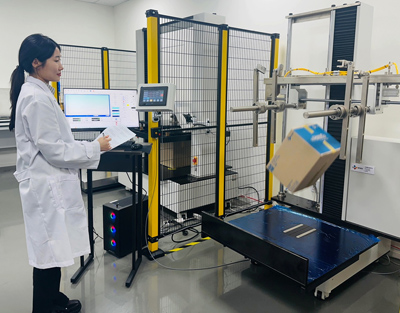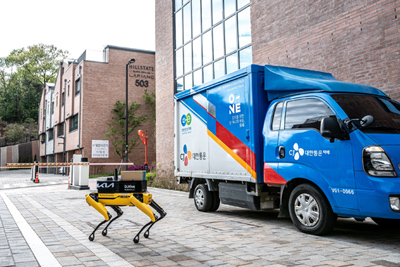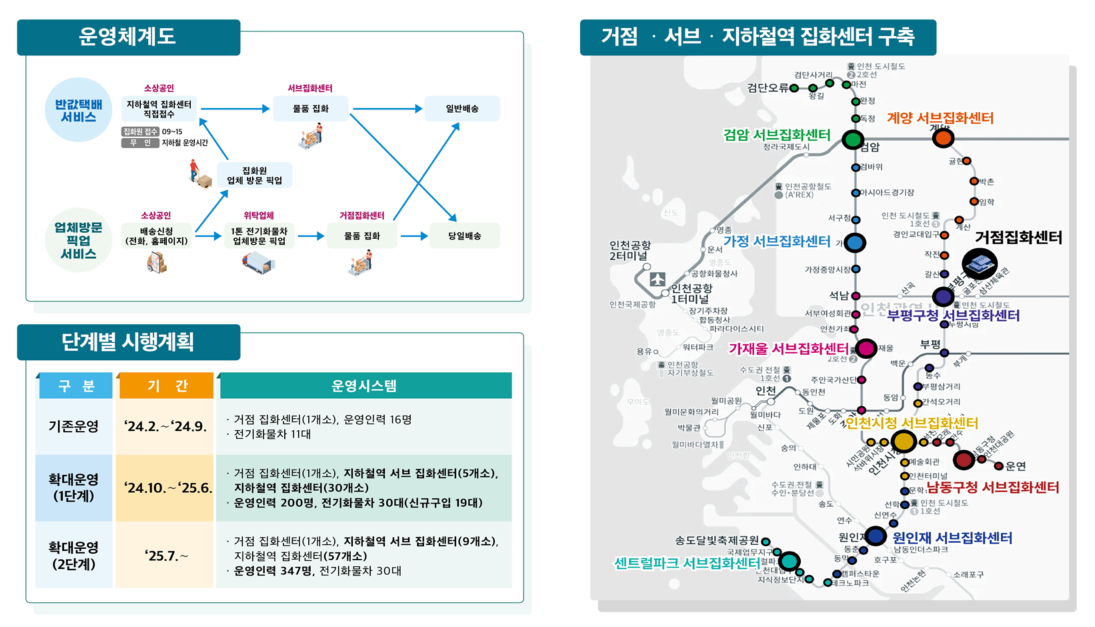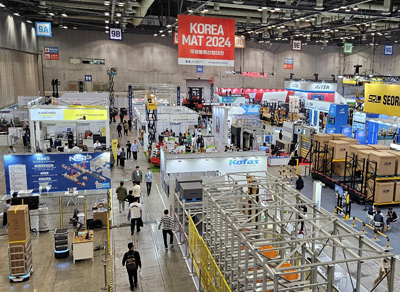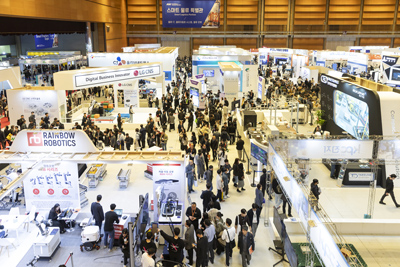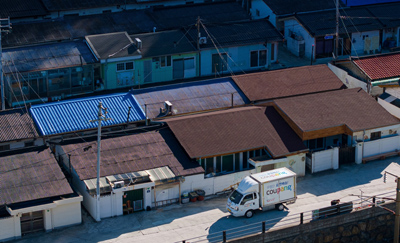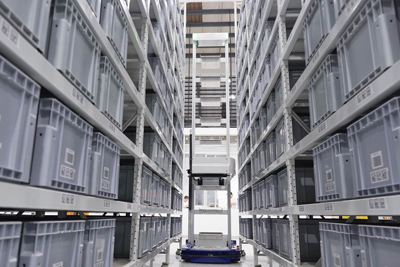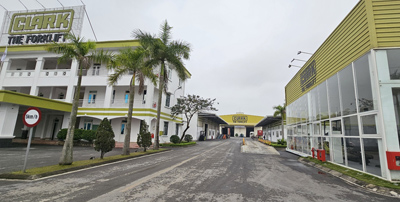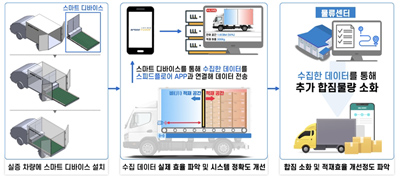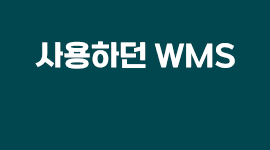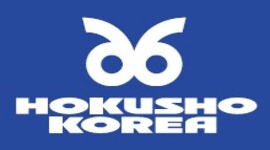| Korea Business / Domestic companies 'spend 690 won on logistics costs for every 10,000 won sold', logistics costs to rise in the medium term | |



|
|
|
|
|
|
Domestic companies 'spend 690 won on logistics costs if they sell 10,000 won' Increase the proportion of logistics costs in the mid-term Logistics costs for low-temperature products expanded 4.6 times in 6 years 'Cold chain demand increases' 2024/03  Domestic companies are spending 690 won on logistics costs for every 10,000 won product sold, according to a new survey. According to the 'Latest Corporate Logistics Cost Survey' conducted by the Korea Chamber of Commerce and Industry in the fourth quarter of 2023, which surveyed about 1,500 manufacturing and wholesale and retail companies nationwide, the proportion of logistics costs to sales in 2022 was 6.9 percent. By size, SMEs with sales of less than 50 billion won had the highest logistics expenses at 7.8%, double the 4.4% of companies with sales of 300 billion won or more. "The smaller the company size, the more difficult it is to realize economies of scale, resulting in higher logistics expenses," said Dae-sang. By industry, food and beverage (10.9%) and retail (10.6%) had the highest logistics costs. This is due to the high cost of packaging and the need for additional refrigeration systems in the distribution process. The retail industry has high logistics costs due to the relatively high labor and workload required for ordering, shipping, and returning goods. When looking at logistics costs by area, the retail industry's share of sales logistics costs was 44.5%, 4 percentage points higher than the overall average of 40.4%, and 56.0% when including the 11.5% share of reverse logistics costs (recovery, disposal, and return), indicating that more than half of the total logistics costs are spent on selling and managing goods. Cold chain technology and system market is expected to expand 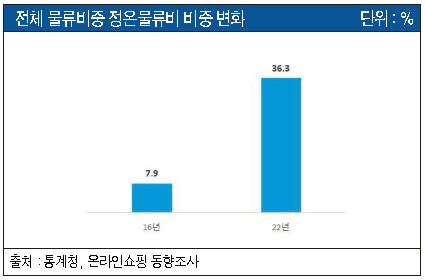 The proportion of logistics expenses for handling constant-temperature products that are affected by temperature, such as refrigeration and freezing, in total logistics expenses is expected to increase 4.6 times in six years, from 7.9% in 2016 to 36.3% in 2022, when the survey was conducted by the Korean Medical Association, indicating that the demand for cold chain logistics services is growing rapidly. For example, Company A, a pharmaceutical manufacturer, produces and sells not only refrigerated and frozen products, but also ultra-low temperature products, and the costs associated with temperature control during transportation continue to rise as it becomes more important. In addition, plastic manufacturer B uses polyethylene in its new business-related products, and since polyethylene is sensitive to moisture and temperature, it spends a lot of money on warehouse temperature control. In fact, according to Statistics Korea's Online Shopping Trends Survey, the online shopping transaction value of food and beverages, concentrated agricultural products, and food service products that are accompanied by a cold chain grew at an average annual rate of 31% from 2017 to 2023, increasing the market size by 5.1 times from 13.2 trillion won to 67.1 trillion won in six years. "In addition to fresh food, the demand for constant temperature logistics, which requires the management of products within a specific temperature range, such as batteries, semiconductors, and pharmaceuticals, is also growing significantly in the industrial goods sector," said Professor Lee Sang-yoon, a professor at Inha University's Graduate School of Logistics. "The market for cold chain technology and systems that monitor and control temperature and humidity history throughout the supply chain, where goods are stored, transported, and distributed, is expected to expand." SMEs should promote joint logistics to lower logistics costs Among the measures to reduce logistics costs cited by companies, 'systematic management of logistics cost calculation' was the most common (37.6%), followed by 'improving delivery frequency and loading rate' (31.4%), 'strengthening inventory management' (30.8%), 'informatization, standardization, and automation of logistics' (24.3%), 'improving number and delivery routes' (20.0%), and 'logistics outsourcing' (13.4%). In terms of policy issues needed to reduce logistics costs, 'expanding support such as financing' was the most demanded at 37.6%, followed by 'improving operational systems such as logistics informatization, standardization, and automation' (31.4%), 'fostering logistics specialists' (30.8%), and 'developing and disseminating advanced logistics systems such as vehicles and infrastructure' (24.3%). "Over the past few years, high logistics costs have become a constant, with oil prices and sea freight rates rising due to corona, the Russo-U.S. war, and Middle East risks including the Red Sea," said Kim Min-seok, head of the distribution and logistics policy team at Daehan Sang. "As SMEs can reduce logistics costs through joint logistics, the government should promote policies to facilitate logistics collaboration among SMEs, and for distribution companies, support investment to promote automation and smartization of distribution logistics facilities." Meanwhile, the Corporate Logistics Cost Survey was first compiled in 2004 and designated as a nationally approved statistic in 2010, and since its approval was changed in 2017, consultations on the survey have been conducted biennially by the Ministry of Trade, Industry and Energy. |





| 
|













